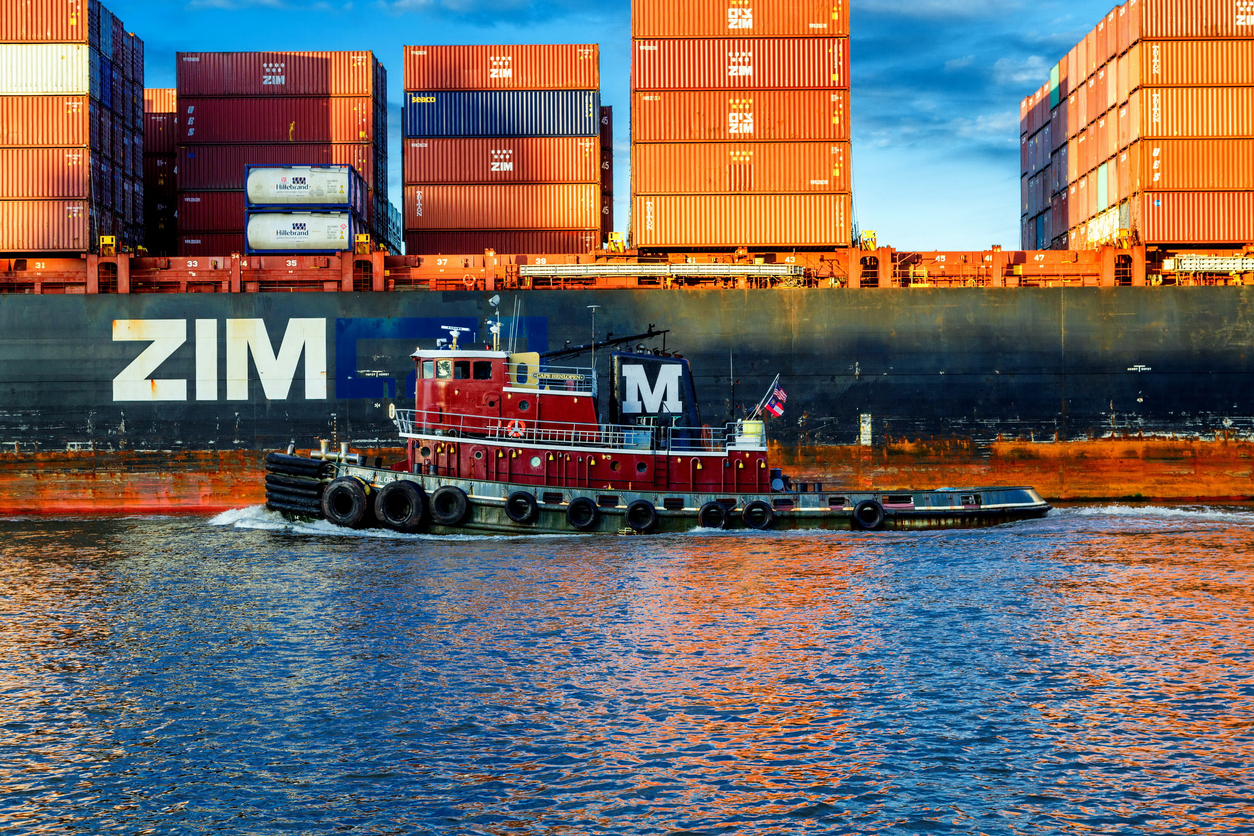Claire Rychlewski, SVP, EMEA at Kinaxis, explains the importance of businesses having a resilient supply chain.
From the clothes we wear to the devices that allow us to watch our favourite content, all the consumer products we use come to us via a supply chain process. As such, businesses rely on efficient supply chain operations to ensure that products arrive with customers in the right place at the right time, so it’s little surprise that it’s risen up the boardroom agenda in recent years as competition and disruption increase. We even have a new acronym for it, VUCA, which stands for Volatility, Uncertainty, Complexity and Ambiguity.
CEOs are also now keeping supply chains under closer watch due to the increased use of automated processes dashboards as management becomes digitised. While such technology is a game changer for supply chains and businesses, it also increases the attack surface for cybercriminals. This is frequently due to the nature in which supply chains are so frequently interlinked in the modern age, which means that organisations are only as strong as the weakest link across their whole chain.
Cascading disruption
A multitude of external factors put unprecedented levels of strain on supply chains in 2021, with continued disruptions due to the ongoing Covid-19 pandemic, the Suez Canal blockage in March and the ongoing crisis in semiconductor availability to name just three. HGV drivers became a scarcity in Britain in the run-up to the festive period, with an estimated shortage of 100,000. Further issues around pay and poor working conditions meant that many EU countries were also facing their own hurdles, with an estimated shortage of 400,000 drivers across Europe.
Whilst many of the 2021 challenges remain, new supply chain concerns have arisen in 2022 to join them. The initiation of the Russian invasion of Ukraine in February has created a ripple effect for global supply chains. Higher transportation and energy costs will most certainly hit organisations due to sanctions and reduced supply, rising demand for alternative routes and sources of energy.
The conflict has also highlighted just how important both Russia and Ukraine are to European supply chains. In Germany, according to Reuters, Porsche, Volkswagen and BMW have all reduced output due to issues with the supply of wire harnesses, which are vital to the manufacture of cars, from the crisis-hit region. Russia is also an important source of many metals used in the aerospace industry and others in hi-tech and electronics. Needless to say, it's a long list of disruptions that are combining to create the perfect storm.
Planning and execution
The myriad of challenges facing organisations means that the weakest link in the supply chain can appear quickly and from unexpected areas, giving organisations precious little time to pivot accordingly. It makes the need to shrink the time between planning and execution crucial as volatility continues, particularly in order to meet relentlessly high consumer expectations.
This is where supporting technologies can come into play. Businesses can for example adopt artificial intelligence (AI) to improve forecasting. AI can look at patterns in huge datasets that go far beyond human capability to provide intelligent algorithms and analytics. Organisations are then able to proactively identify gaps or issues with more accurate demand forecasts, sales orders, material, capacity, shipments and other elements of supply, with automatic alerts for any exceptions. This can then augment human expertise to help plan for the unexpected.
Organisations are also able to better identify any weak or potentially weak links in supply by creating a digital twin of their end to end business flow, which is essentially a virtual model that accurately represents the lifecycle of a physical supply chain using live and up to date data. With a virtual environment where numerous scenarios and changes can be simulated without consequence, organisations are able to strengthen the physical supply chain’s agility and speed with tried and tested improvements.
The supply chain links at the greatest risk of disruption are not the only ones that should be considered potentially weak and in need of attention. Linear supply chain models need to give way to circularity, which allows for waste reduction and reusing and recycling of resources. By putting sustainability at the centre of supply chain planning and decision making, it will add further resilience across all links, but also reduce reliance on hard-to-access and more scarcely available raw materials. It’s a highly complex issue of course but ensuring sustainable practices could provide the resilience needed to help navigate all the challenges both past, present and future.
Addressing weak spots
Supply chains are going through major transformational change, which has been driven by a range of external challenges and emerging trends. There’s little doubt that 2022 and the years beyond will bring further hurdles and organisations need to take action to be best prepared for the unexpected, particularly due to the increasingly interconnected nature of 21st century supply chains.
As circumstances change around organisations, they need to ensure that their supply chains continue to provide the goods and services to the end consumers that rely on them. Applying supporting technologies can enable them to shine a light on any weak spots and move quickly to rectify them, keeping the flow of products moving. Organisations can then ensure that every link is as strong as the other, future-proofing supply chain operations.
For CEOs, the importance of supply chains to their business has never been more at the forefront and it’s critical to continue to put them at the top of the boardroom agenda and maintain sufficient funding as the key engines to business that they are.











